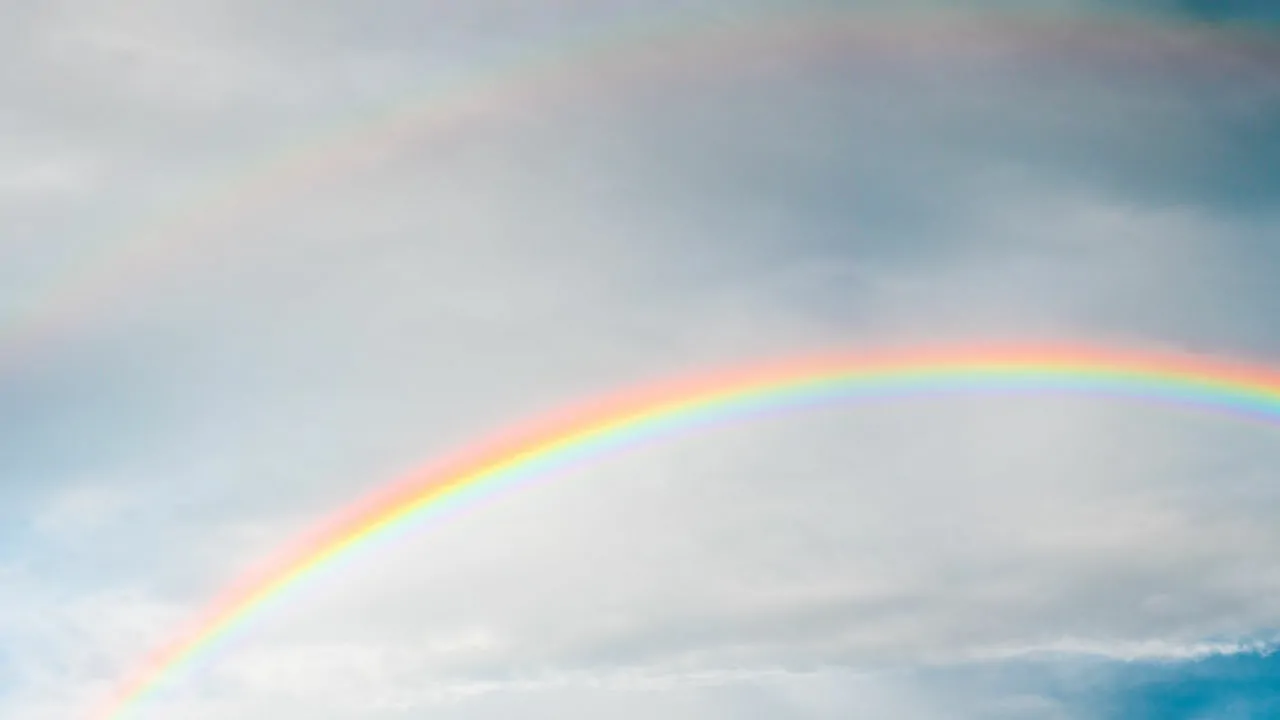When we think about the effects of climate change, we often focus on rising temperatures, melting ice caps, and extreme weather events. However, one unexpected outcome is that climate change could actually lead to more rainbows in the future. Studies predict that by the year 2100, there could be about five percent more rainbows worldwide due to changing atmospheric conditions.
The relationship between climate change and rainbows comes down to moisture and sunlight. Rainbows form when sunlight shines through water droplets in the atmosphere, bending and reflecting the light to create a spectrum of colors. As the Earth warms, certain regions are expected to experience more rain showers combined with sunny intervals, which are the perfect ingredients for rainbow formation.
Researchers suggest that islands and coastal regions will see the greatest increase in rainbows. Tropical and subtropical zones, already known for their frequent rain showers and clear skies, will benefit most from this optical phenomenon. While climate change brings many severe challenges, this small increase in beautiful natural displays serves as a rare silver lining.
However, it is important to remember that the overall impact of climate change remains deeply concerning. The increase in rainbows should not distract from the urgent need to address global warming and protect vulnerable ecosystems. Still, the idea that climate change rainbows could become a more common sight offers a unique perspective on the complex interactions between human activity and the natural world.
